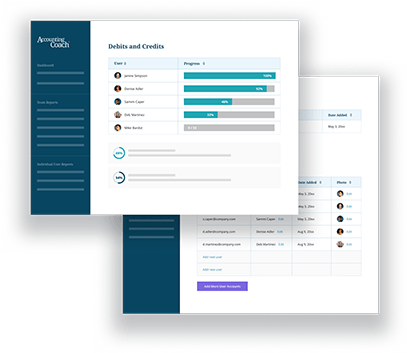Definition of How and When to Depreciate an Asset
Depreciation begins when you place an asset in service and it ends when you take an asset out of service or when you have expensed its cost (minus any salvage value), whichever comes first.
The amount of depreciation over the asset’s useful life is the asset’s cost minus an estimated salvage value at the end of the useful life. The result of this calculation is sometimes referred to as the asset’s depreciable cost.
For a company’s financial statements the asset’s depreciable cost (based on the estimated salvage value) is divided by the estimated years of useful life to arrive at a consistent annual amount to be debited to Depreciation Expense and is credited to Accumulated Depreciation. This method is know as the straight-line depreciation.
For U.S. income taxes the Internal Revenue Service has specified the number of years that various assets will be useful and it assumes there will be no salvage value. The IRS also allows a company’s tax return to deduct larger amounts of depreciation in the earlier years and smaller deductions in the later years of the assets’ lives. This accelerated depreciation can be used on the tax returns at the same time that straight-line depreciation is used on the company’s financial statements.
Example of How and When to Depreciate an Asset
Assume that a U.S. corporation purchases new equipment at a cost of $700,000 and expects the equipment to have $0 salvage value at the end of its 10-year useful life. The company’s annual depreciation for a full accounting year will be $70,000 ($700,000 – $0 salvage value = $700,000/10 years = $70,000). The depreciation begins when the asset is put into service.
For income tax purposes the depreciation depends on the tax regulations in the year that the asset is put into service. It is possible there is some “bonus” depreciation, a required 7-year life, an accelerated method assumed, etc. These tax regulations affect when the total amount of $700,000 in depreciation is taken. In other words, the total amount of depreciation over the life of the asset is $700,000 on the financial statements and on the tax return. The difference is when the $700,000 is reported as depreciation expense. Accountants refer to this as a timing difference.




